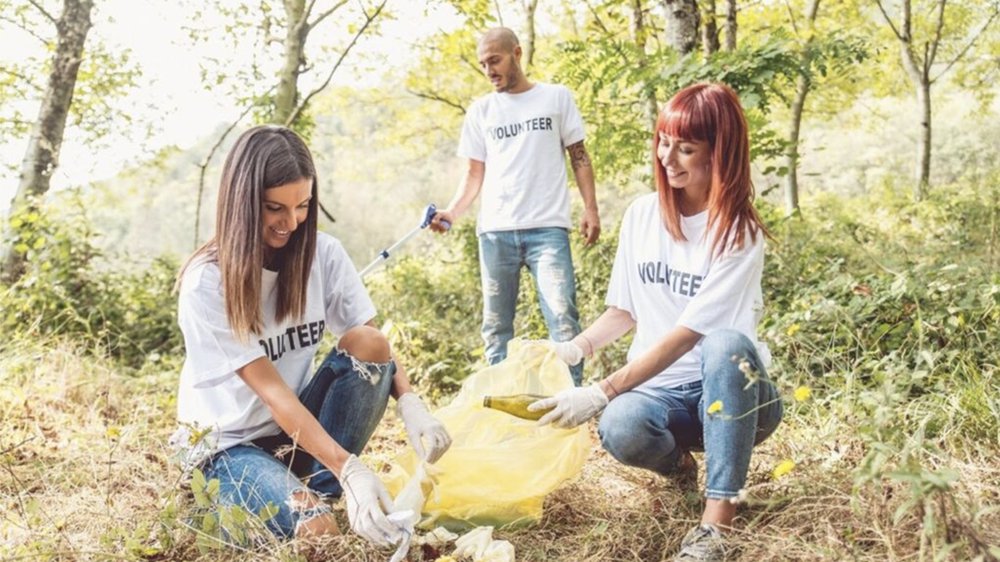On March 14th, the neighborhood school district took a freshman math class down to the local food pantry to serve pies.
It was Pi Day.
Students were learning about pi and the many applications it has in the real world. Beyond core academics, their school district emphasized service learning and community service as part of their mission and vision. Connecting lessons about pi with serving pies to their community simply fit somehow.
Definitions
Vanderbilt University defines service learning as, “a form of experiential education where learning occurs through a cycle of action and reflection as students seek to achieve real objectives for the community and deeper understanding and skills for themselves.”
Service learning is sometimes considered a pedagogy with particular instructional strategies. It frequently uses content standards from various subject areas (e.g., Math, Language Arts, Social Studies) and applies these standards to an experience of service within the community. Service learning integrates into the curriculum and course as a type of experiential learning.
What is Community Service?
Community service is when students volunteer in their communities to help a variety of different needs. Community service is different from service learning. It focuses on the needs of the community without necessarily considering the student’s academic growth.
There are many benefits to service learning and community service. These include:
- Improves social-emotional skills
- Available to all types of learners
- Increases civic engagement with the local community
- Improves character values and responsibility
- Increases academic outcomes
- Supports the needs of the community
- Builds positive relationships
Perhaps most Important, students love the authentic experience of service learning and the meaning it provides to their education.
Service and Graduation
Service learning and community service play a role in graduation for many students. Some states require students to log service hours to graduate. Other states feature service hours as one of the factors contributing to graduation.
Service Learning & Community Service: Leveraging the Student Experience
Finding the best way to participate and track service learning and community service opportunities can be challenging for students. A unified method for community service saves time, creates efficiencies, and helps with growth outcomes. Provide a centralized education platform that supports student growth through service learning and community service.
The platform should have three components:
- Communication
- Partner programs
- Portfolios
Communication
Organize communication through channels; channels are purposeful and targeted to specific stakeholders, such as students in a particular school building. In this case, create a communication channel called “Community Service”. Make this channel a requirement for all middle and high school students.
We use the community service channel to highlight student service and present volunteer opportunities. A school community engagement coordinator or principal posts announcements about service work opportunities in the community. Announcements are grouped by channel.
Portfolios
Portfolios empower students to share not only the hours they’ve committed to community service but also to provide reflections on and documentation of their service. These reflections and documentation can be shared with a broader community.
Portfolios feature a multitude of objects, from community service experiences to diploma seals to capstone projects.
Four Key Players in One Place
There are four key stakeholders involved in student service opportunities:
- Partners
- Staff
- Students
- Family
A partner is an outside community member that interacts with the school in some capacity. For example, a staff member adds “Habitat for Humanity” as a partner. A job site leader would be designated as a Habitat for Humanity partner, allowing them to interact with the school and students.
Partner List
With family permission, Partners access information about students who are in their partner program. They receive and participate in communications with the school. And importantly, they take attendance of students in their program.
A Case for Service Hours
Jim Carter is leading a local Habitat for Humanity group in building a neighborhood home. Many students who attend Franklin City High School volunteer their weekends building with the group. The students are required to record and verify their service hours with Jim and Habitat for Humanity.
The process is simple.
Jim logs in, selects his student team, and records the hours that the students volunteer.
Franklin City Schools now has a record of the volunteer hours. Moreover, the school district can track all types of service hours, for all students, over extended periods.
As a bonus: The district can compare students’ academic outcomes in different service groups (or against students who do not participate in service hours).
What about the Students?
Students can refer to a running record of their service hours, reflect on their learning, share their experiences with the broader world, and discover additional service opportunities. The program is extremely popular among the student body and adds skills and learning opportunities that will last a lifetime.
About the author

Zach Vander Veen has worn many hats in education, including history teacher, technology coach, administrator, and director of technology. He loves learning, teaching, traveling and seeking adventures with his family. Currently, Zach is the co-founder and Senior VP of Innovation and Outcomes at Abre.io, an education management platform.











